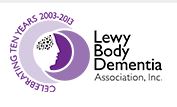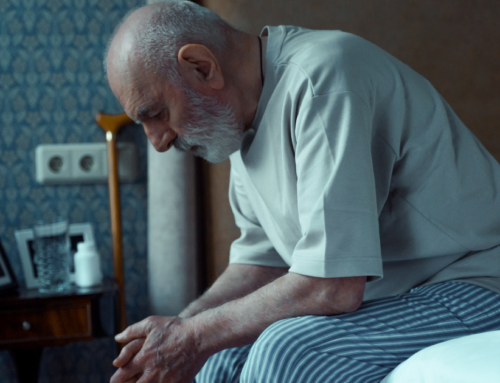While Alzheimer’s disease is the most common form of dementia, there are other types. Lewy Body Dementia is the second most common form of dementia and is often misdiagnosed because, like Alzheimer’s, it causes a decline in mental abilities that worsens over time. It also can cause movement disorders similar to patients with Parkinson’s Disease. The signs and symptoms of Lewy body dementia typically include:
Visual hallucinations: Seeing colors, shapes, animals or people that aren’t there may be one of the first symptoms of Lewy body dementia.
Movement disorders: Parkinson’s-like signs may include slowed movement, rigid muscles, tremors, or a shuffling walk.
Delusions: These may consist of false ideas about another person or situation.
Cognitive problems: Alzheimer’s-like problems include confusion, memory loss, and a reduced attention span.
Sleep difficulties: A sleep disorder can cause a person to physically act out their dreams while asleep.
Fluctuating attention: This may include frequent episodes of drowsiness, long periods of staring into space, lethargy, or disorganized speech.
Although not familiar to many, Lewy Body Dementia affects an estimated 1.3 million individuals and their families in the United States. It presents unique challenges to caregivers providing in-home care. In 2010, the Lewy Body Dementia Association published a report titled: “Caregiver Burden in Lewy Body Dementias: Challenges in Obtaining Diagnosis and Providing Daily Care”
The report surveyed 962 people caring for a family member diagnosed with Lewy Body. It revealed extreme cases of caregiver stress deriving from situations such as the need for their relative to see an average of 3 physicians before receiving a diagnosis. Also stressful was that in 78% of the cases, the diagnosis changed as the patient began exhibiting new symptoms. Further, 70% of respondents indicated that finding a physician who was knowledgeable in diagnosing the disease was difficult, and 77% had problems finding a physician experienced in treating the disease.
Coordinating care provided by multiple physicians was also cited as a caregiver burden. Problems such as conflicting medication orders and symptom management priorities of different physicians were typical as was the prescribing of medications to treat one symptom which exacerbated a symptom managed by a different physician.
According to the survey “family members reported the highest burden when describing the impact of providing care on their personal lives, health, and emotional well-being. One quarter of the sample said they felt that no one understood what they were going through and over 80% said they felt somewhat or very isolated because of their involvement in providing care.”
Lewy Body Dementia is extremely difficult to diagnose, treat, and for both the patient and the caregiver ― to live with. Most families that responded to the survey had little caregiver support and were attempting to care for their family member at home. Most hired home care help only when absolutely necessary citing the high cost as well as the difficulty of finding people willing to take on the caregiver duties of dealing with the symptoms of the disease. On average, a person with Lewy Body Dementia will die about eight years after onset. The impact on the caregiver will last much, much longer.






